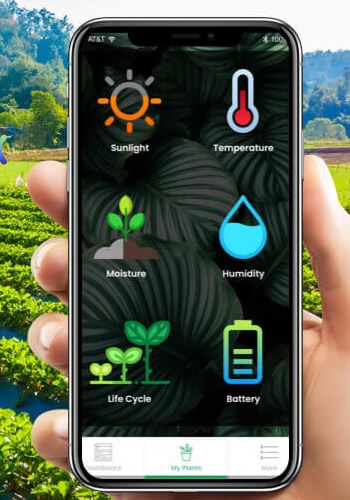Managing a Farm during COVID-19 - Practical approaches to production
With the coronavirus pandemic, we’re facing a crisis the likes of which none of us has experienced before. Times like these remind us all of the importance of ensuring our nation’s food security. The coronavirus disease 2019 (COVID-19) has brought the need for business health, safety and continuity planning to the forefront. Now is the time to communicate with employees and family members regarding plans to keep them safe, healthy, and working especially during the busy planting season.
While much of the negative impact on Agriculture by COVID19 is out of our control, there are things AIBCS can do now to reduce or prevent the impact of COVID19 on the health and productivity of your farm.
Even before COVID-19 surfaced, the move toward digital agriculture was certain. It’s hard to see how you’re going to be a successful farmer in the future without greater technology adoption on the farm. Digital tools, such as artificial intelligence, that alert farmers to be preemptive about pest treatments can curb crop damage and save money. COVID-19 likely will accelerate this trend, particularly because of social distancing.
Precision tools such as satellite imagery, yield potential maps, and plot data have made farmers who use it comfortable with the digital experience. Custom designed tools and systems won’t eliminate in-field agronomists, but they will enhance what they find. Adding such advances will move the mind-set from yield only to optimization of yield. This does not mean using “the least-cost inputs, but rather prioritizing where to invest based on return on investment potential.

Our Developing Digital Agriculture Tools and Services
AI Blockchain Service develops intuitive, intelligent, self-evolving system that delivers future-ready farming solutions to the entire agricultural sector. We deliver decision-making tools that bring consistency, dependability and sustainability to agri-businesses. With capabilities of live reporting, analysis, interpretation and insight that span across geographies, we’re digitizing every farm, while data-managing the entire ecosystem. Our smart agri solutions are powered in real-time; for you to archive patterns, predict trends, to make a blueprint for your business in the times to come.








